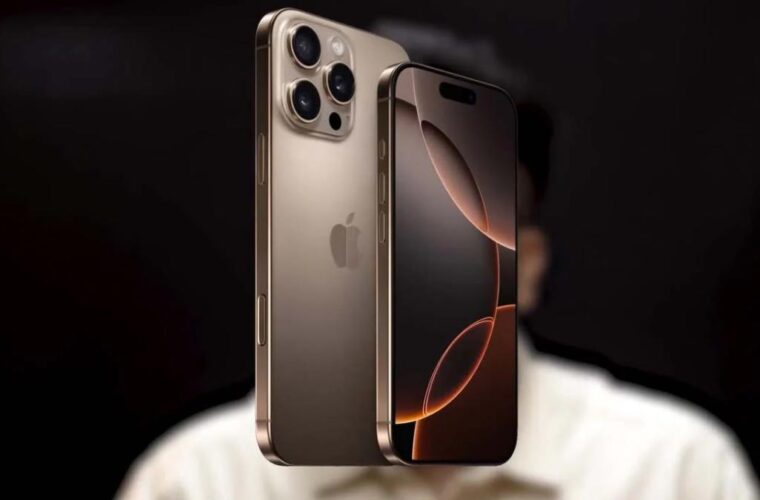The high-tech company will soon sell parts and tools to consumers to fix iPhone or Mac at home
Apple introduced a new self-service repair program that allows customers to fix their own iPhone or Mac at home.
The high-tech company plans to start selling more than 200 parts and tools and offering instructions on how to repair Apple products starting with iPhone 12 and iPhone 13. The new DYI program will soon be available for Mac computers featuring M1 chips. Apple’s new program will be available early next year in the US and expand to additional countries throughout 2022.
“Creating greater access to Apple genuine parts gives our customers even more choice if a repair is needed,” said Jeff Williams, Apple’s chief operating officer. “In the past three years, Apple has nearly doubled the number of service locations with access to Apple genuine parts, tools, and training, and now we’re providing an option for those who wish to complete their repairs.”
As Apple stated, initially the program will primarily focus on the most serviced modules, such as the iPhone display, battery, and camera, and later next year the ability for additional repairs will be also available.
“Self Service Repair is intended for individual technicians with the knowledge and experience to repair electronic devices. For the vast majority of customers, visiting a professional repair provider with certified technicians who use genuine Apple parts is the safest and most reliable way to get a repair” Apple said.
To perform the repair, customers will need to review the Repair Manual and place an order for the tools and parts they need using Apple Self Service Repair Online Store. As the company announced, customers who return their used parts for recycling will receive credit towards their purchase.

Delays in iPhone 13
Apple launched the iPhone 13 in September, amid a global chip shortage that hit production hard.
Analysts have been warning since the summer that Apple customers will have to wait longer to hold the new iPhone 13 in their hands due to supply chain problems.
As it became known, Apple recently reduced the production of iPad devices to make more components in the production of the iPhone 13.
Due to global shortages, there are reports that components intended for older versions of the iPhone are already being used in the production of the iPhone 13, while iPad production reduced by 50%. The company partially prioritizes the production of the iPhone 13, because it predicts that there will be more demand in the field of smartphones, compared to iPad devices.

Analysts say that even though the production of the iPhone 13 had problems mainly due to the shutdown of factories in Asia, but also high demand, Apple dealt with the problem in the supply chain of microcircuits better than several other companies.
The iPhone 13, one of the most anticipated mobile phones of 2021, has caused mixed feelings in consumers. Apple’s newest product takes full advantage of the A15 Bionic chipset, has a better camera array with a compelling cinematic video mode, and has a better battery performance. The iPhone 13 Pro series provides an updated Super Retina XDR screen equipped with 120Hz ProMotion technology while the Neural Engine powers Smart HDR 4 and offers a fast augmented reality experience, and the 5-core GPU supports the advanced ProMotion display. However, many users submit negative or neutral reviews for the new Apple phone. For the most part, they talk about minor differences compared to the iPhone 12 without major novelties.



